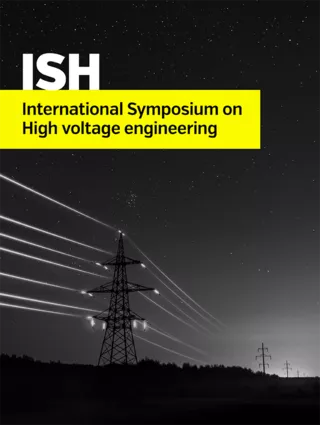Summary
Assets of extra-high voltage transmission systems are commonly maintained and replaced according to time based strategy. Due to liberalization of energy markets and incentive regulation in Germany, transmission system operators have to operate cost efficiently. Saving money with a lower level of maintenance and replacement activity endangers assets availability and supply security. Optimization algorithms are able to allocate the intensity of maintenance during lifetime and the date of replacement for each asset individually so that the expenditures are reduced at the same level of supply security. The optimization model uses asset individual data about the age, the condition, the hazard rate and the importance of each asset for the availability of the grid. This contribution presents an application of genetic algorithm to determine an optimized lifetime maintenance and replacement strategy for assets at a 220 kV transmission system. A discrete number of available options for the intensity of maintenance and replacement describes each asset. All options are characterized by operational expenditures, capital expenditures, and energy not transmitted. Performing reliability analysis determines the energy not transmitted of the grid. This quantifies the availability of the considered part of the transmission system and changes according to the hazard rate of the assets. The intensity of maintenance and the age of the asset influences the hazard rate. Thus, higher maintenance intensity reduces the energy not transmitted, but causes higher expenditures. Selecting exactly one option per asset generates a possible maintenance and replacement strategy at the grid. The optimization method sums up operational expenditures, capital expenditures, and energy not transmitted for all selected options and for all assets at the grid to describe the maintenance and replacement strategy. Genetic Algorithm performs an optimized selection of options, which aims on improving the operational expenditures, capital expenditures, and energy not transmitted of the strategy simultaneously. Finally, the method optimizes the lifetime maintenance and replacement strategy for a part of a 220 kV transmission system with different types of assets. At the analyzed example, the optimization method recommends mainly a reduced maintenance intensity in combination with a replacement prior to the maximum lifetime of the assets. A comparison to the time based maintenance confirms the reduction of energy not transmitted and the operational expenditures. Due to these advantages, the optimization method is a tool to support the asset manager in handling asset-individual data to develop a lifetime maintenance and replacement strategy.
Additional informations
| Publication type | ISH Collection |
|---|---|
| Reference | ISH2017_492 |
| Publication year | |
| Publisher | ISH |
| File size | 204 KB |
| Pages number | 6 |
| Price for non member | Free |
| Price for member | Free |
Authors
G. BALZER, P. VON WALLBRUNN, C. FUHR




